How and how to feed indoor flowers in winter?
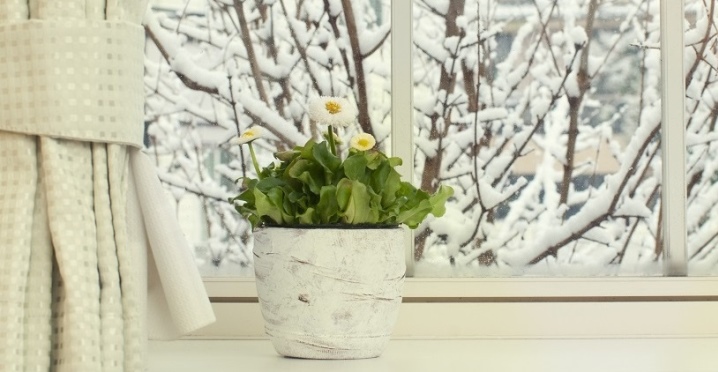
In the winter season, indoor flowers need to be fed in a special way. Consider what and how to feed indoor flowers in winter, when this is not worth doing, and many other subtleties.
General rules
Understanding what and how you can feed indoor flowers at home, you need to take into account a large number of different factors. Here are the most important rules for feeding at home.
- Fertilizers should be diluted exactly as indicated in the recommendations. The plant will still not absorb more than is written in the instructions, but its roots may well get burned.
- It is recommended to feed the plant in the evening, when there is less evaporation and activity of sunlight. So the culture will be able to receive nutrients in full.
- Do not apply top dressing to dry soil. These products burn the roots even when diluted. Flowers will need to be watered first (slightly less than usual). Fertilizers can be used a few hours later.
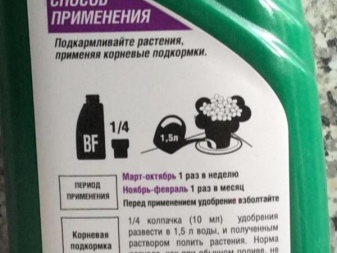
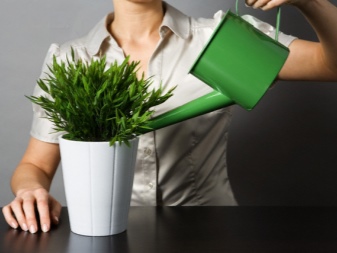
What formulations should I use in winter?
In the winter season, many flower growers prefer to use ready-made products for fertilizing indoor flowers. This is because they contain all the substances necessary for the growth and development of flowers, and in the right ratio. In folk remedies, the amount of nutrients is limited. On bottles and bags with ready-made fertilizing agents for indoor plants, it is indicated how to use them correctly. You should choose ready-made fertilizers, taking into account the type of flower.
- Succulents. Fertilizers for decorative deciduous plants are suitable for them, but there are also special feeding.
- Plants that bloom. For them, you should choose special feeding.
- Deciduous plants that do not bloom. Special fertilizers have been created for them.
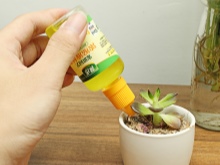
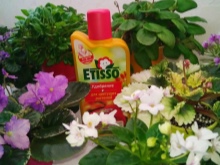

Ready-made fertilizers are very effective, but not all growers trust them. Many people prefer to use natural remedies that can be easily created from available ingredients.
Sugar
Glucose, which is found in sugar, is a wonderful source of energy and building material, but it cannot be absorbed without carbon dioxide. If it is not there, the grower will face problems such as rotting roots and mold in the soil. To avoid them, EM preparations can be used with sugar. There are the following options for using sugar to fertilize indoor flowers.
- Pour sugar on the soil and pour it on top with the EM-preparation, which will first need to be diluted according to the instructions.
- Take a liter of water, dilute 1 tbsp in it. l. Sahara. Water the flower with the resulting solution. Additionally fertilize the plant with an EM preparation (solution).
You can use ready-made glucose rather than sugar. Dissolve one tablet in a liter of water.
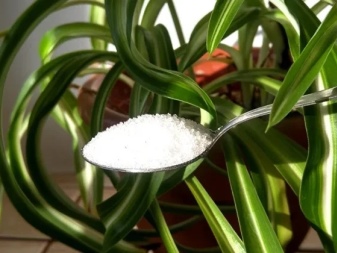
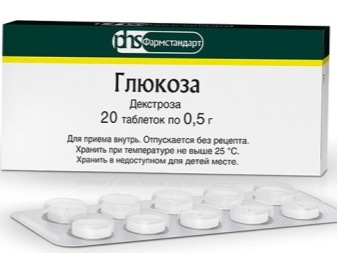
Wood ash
This fertilizer is very beneficial for all plants. It contains the following useful elements:
- phosphorus;
- magnesium;
- calcium;
- iron;
- zinc;
- sulfur.
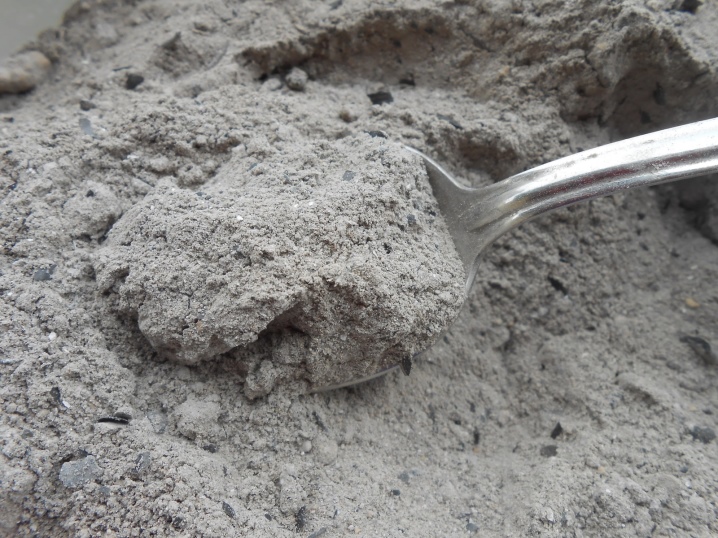
To fertilize the soil, wood ash can be used in the following ways.
- Liquid fertilizer. 3 tbsp. l. Dissolve ash in a liter of water and leave to infuse for a week. This fertilizer is recommended to be applied every 14 days.
- Dry fertilizer. Mix soil and ash before planting (50: 1 ratio).
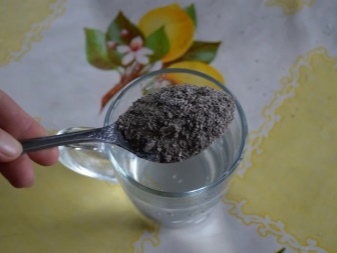

Yeast
Yeast contributes to the active and full development of indoor flowers.They contain B vitamins and hormones. This natural fertilizer has the following advantages:
- promotes the acceleration of the mineralization of organic substances;
- makes microorganisms in the soil more active;
- helps to increase the release of carbon dioxide;
- produces nitrogen and phosphorus.
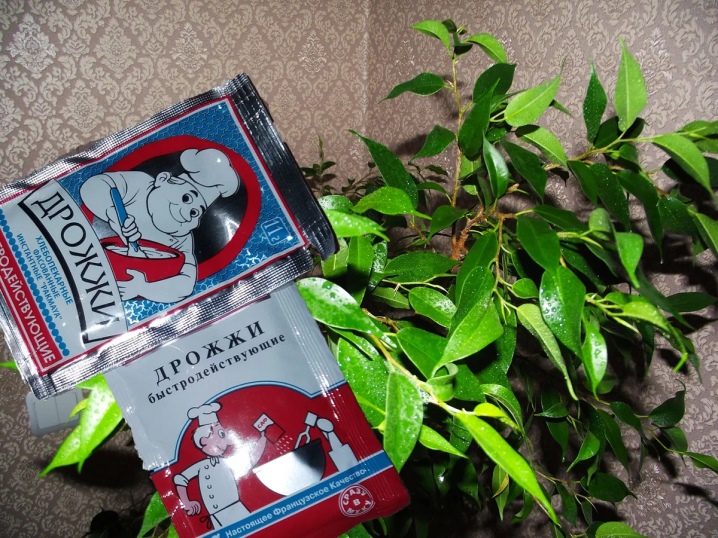
You can use yeast like this.
- Dry fertilizer. Take 3 tbsp. l. sugar, 10 g of yeast and dilute them in 10 liters of warm water. Place the mixture in a warm place and let it sit for an hour or two. Dilute with plenty of water before use.
- Live yeast. Take 0.2 kg of compressed yeast and dilute it in a liter of water. Put the resulting product in a warm place and leave it for 2 hours. Dilute the solution with plenty of water before use.
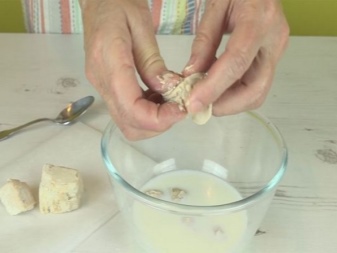
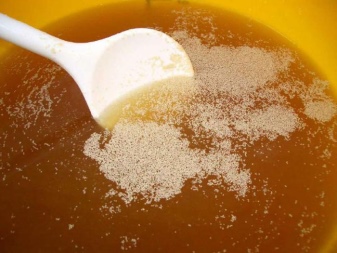
This feeding is valid for about 2 months. Yeast is used once a season.
succinic acid
This acid is obtained when natural amber is processed. This additive is auxiliary. It promotes the assimilation of useful elements and strengthens the immune system. Succinic acid should be used as follows.
- Dissolve the tablet or powder in a liter of water. It should be pretty warm.
- Spray the resulting product on the leaves or water the soil. It should be borne in mind that it is stored for no more than three days.
In succinic acid, you can soak flower cuttings and seeds. This tool should be used once a year, not more often (when it comes to cacti, succulents - once every 2-3 years).

Iodine
Such a remedy protects plants from fungal diseases, promotes more intensive growth and flowering. You need to use iodine to feed indoor flowers as follows.
- Dilute a drop of iodine in a liter of water. If there is more iodine, the flower may die.
- Water the plant with clean water.
- Pour the resulting product around the edge of the container. Pouring close to the roots of the plant will burn them.
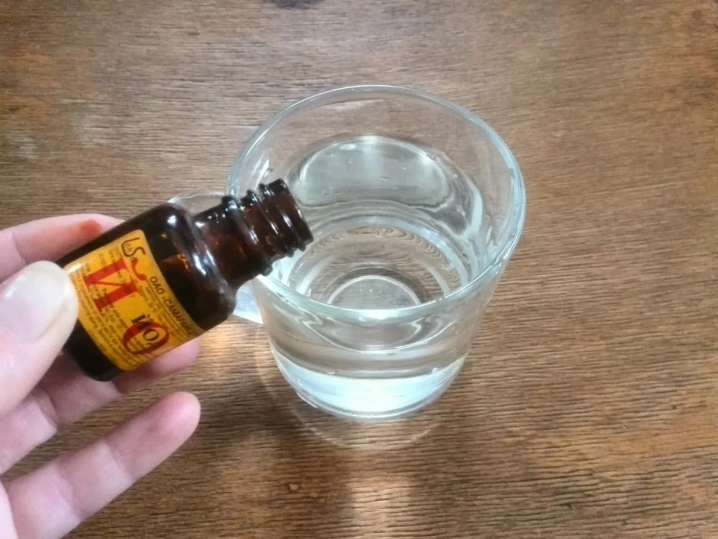
Slept coffee
You can use coffee grounds to feed indoor flowers. It gives the soil looseness and lightness, as a result of which oxygen penetrates into it more easily.
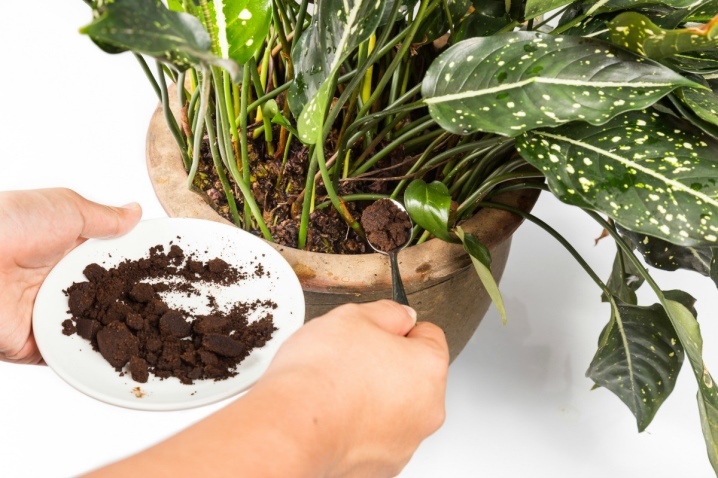
How to feed properly?
There are different opinions about whether it is worth feeding plants in winter at all. Some are convinced that fertilizers, which are considered potent, only harm indoor flowers. However, many growers believe that it is better not to use such products in the cold. In fact, you should adhere to the golden mean: apply fertilizers in winter, but do not focus on the rules that are relevant in summer and spring.
In the winter season, it is necessary to forget about growth stimulants, during this period they are completely unnecessary. However, it doesn't hurt to feed the flowering plants as best as possible. For such plants, fertilizers are not even desirable, but necessary.
When deciding whether to feed a houseplant in winter, you also need to consider its variety. Each flower has its own characteristics, and they should always be given due attention.
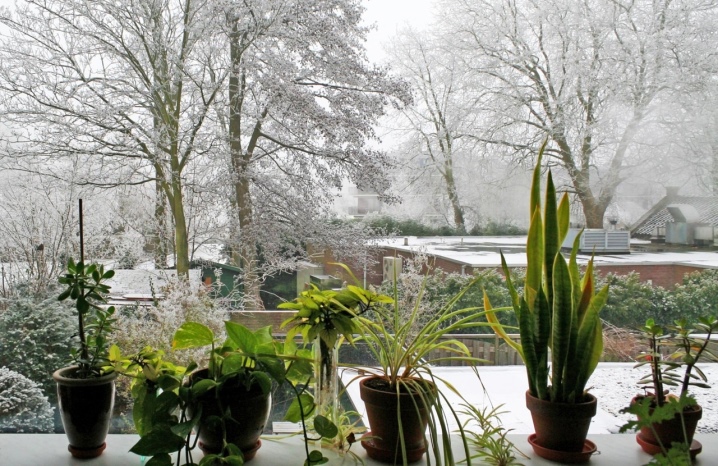
When shouldn't you fertilize?
In some cases, feeding the plants is not recommended or even strictly prohibited. For example, when a plant is attacked by pests or it is sick. The first step is to deal with the main problem, and you can use top dressing only when everything is in order. A weakened plant should be handled as carefully and carefully as possible.
You do not need to fertilize flowers that were bought recently. Typically, such plants have already been introduced to such a quantity of minerals and stimulants that it takes time to assimilate them. For the first time, you can use top dressing in about 30 days, when the flower takes root indoors.
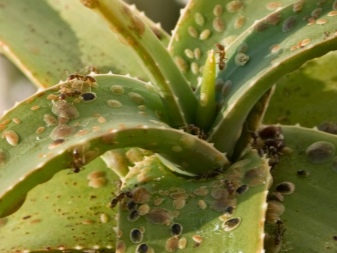
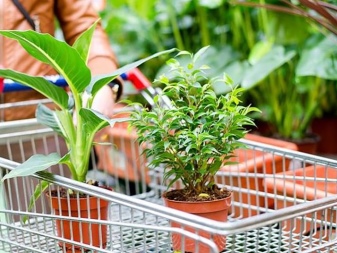
After transplanting, you will also not need to use top dressing. If the soil is selected correctly, it usually already contains all the substances necessary for the flower.
Besides the person transplanting a plant, in any case damages its roots. This happens even if the grower was extremely careful. In such situations, fertilizers are not only not assimilated, but also harm the plants.
When is fertilizer needed immediately?
If we forget that plants cannot live on one water, that fertilizers must be used from time to time, some problems arise over time. A flower grower may face such sad consequences:
- flowers will not appear on plants;
- the leaves will droop, brighten, become small, unhealthy spots may appear on them, in some cases the leaves begin to fall off;
- the stems will become weak, thin, they will elongate, begin to break;
- the plant will grow slower or stop growing altogether.
It is also worth noting that a plant that lacks feeding practically ceases to resist various diseases.
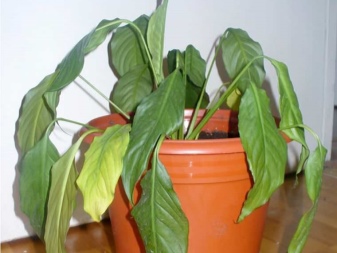
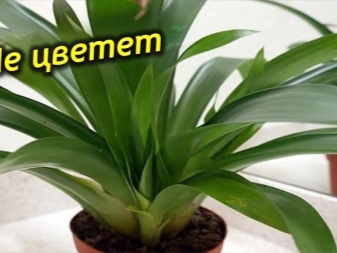
If you have any of the above problems, consider whether it is time to fertilize your indoor flower. If you ignore the signs of a lack of nutrients, the plant dies after a while. Do not forget to feed indoor flowers in time, however, remember that you should not overdo it either. When deciding which fertilizer is best to use, you must always take into account the specific situation and type of plant.
For information on what and how to fertilize indoor plants in winter, see the video below.













The comment was sent successfully.